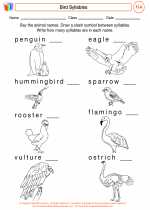Syllables/Spelling Patterns -> vowel
Vowels
Vowels are a type of speech sound that is pronounced without any significant constriction or closure in the vocal tract. In English, there are five letters that are considered vowels: A, E, I, O, and U. However, the English language has many more vowel sounds than just these five letters. Vowels are important for forming syllables and creating the basic structure of words.
Types of Vowels
There are two main types of vowels: short vowels and long vowels.
- Short vowels: These vowels are pronounced in a short and quick manner. For example, the short vowel sound of "a" is heard in the word "cat."
- Long vowels: These vowels are pronounced for a longer duration. For example, the long vowel sound of "a" is heard in the word "cake."
Vowel Sounds
English has a variety of vowel sounds, and these sounds can be represented by different vowel combinations and letter patterns. Some common vowel sounds include:
- Short "a": as in "cat" and "bat"
- Long "a": as in "cake" and "rain"
- Short "e": as in "red" and "pen"
- Long "e": as in "bead" and "team"
- Short "i": as in "sit" and "big"
- Long "i": as in "bike" and "time"
- Short "o": as in "dog" and "top"
- Long "o": as in "bone" and "go"
- Short "u": as in "cup" and "luck"
- Long "u": as in "mule" and "cute"
Study Guide
To master vowels, it's important to practice identifying and pronouncing different vowel sounds. Here are some study tips:
- Practice vowel sounds: Listen to words and identify the vowel sound in each word. Pay attention to whether the vowel sound is short or long.
- Word recognition: Practice recognizing words with different vowel sounds. Create flashcards with words containing various vowel sounds and test yourself regularly.
- Reading and writing: Read books and passages aloud to practice pronouncing vowel sounds. Additionally, write sentences and highlight the vowel sounds in each word.
- Use resources: Utilize online resources, such as vowel sound games and phonics activities, to reinforce your understanding of vowels.
[Vowel] Related Worksheets and Study Guides:
.◂English Language Arts Worksheets and Study Guides Fourth Grade. Syllables/Spelling Patterns
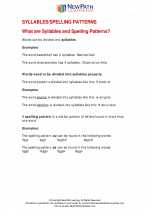
 Activity Lesson
Activity Lesson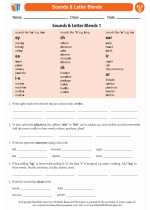
 Worksheet/Answer key
Worksheet/Answer key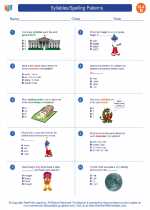
 Worksheet/Answer key
Worksheet/Answer key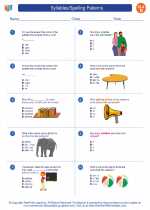
 Worksheet/Answer key
Worksheet/Answer key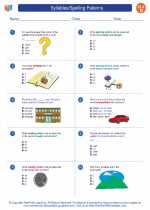
 Worksheet/Answer key
Worksheet/Answer key